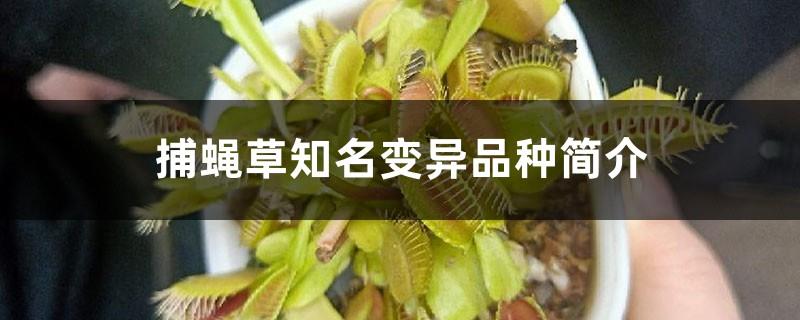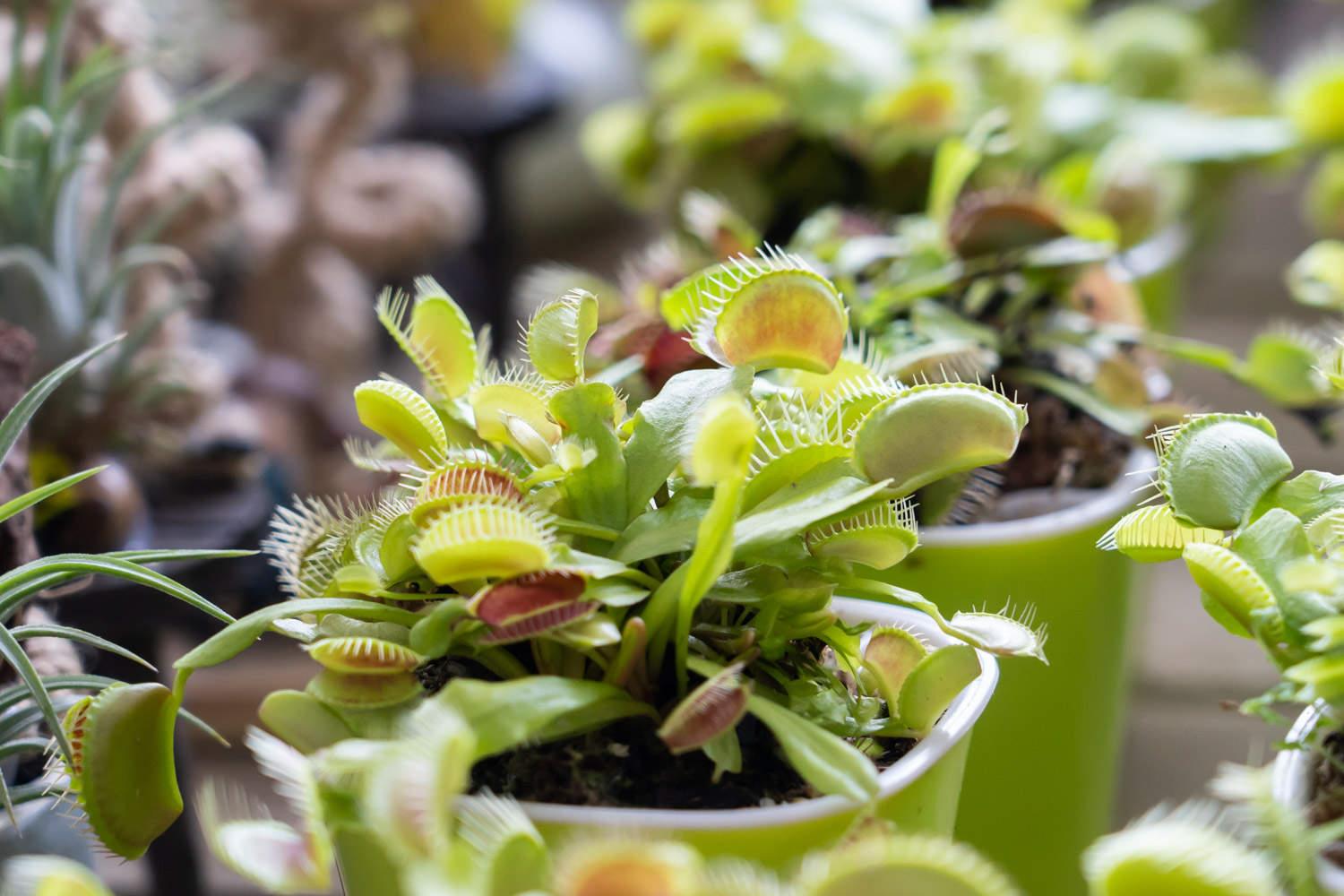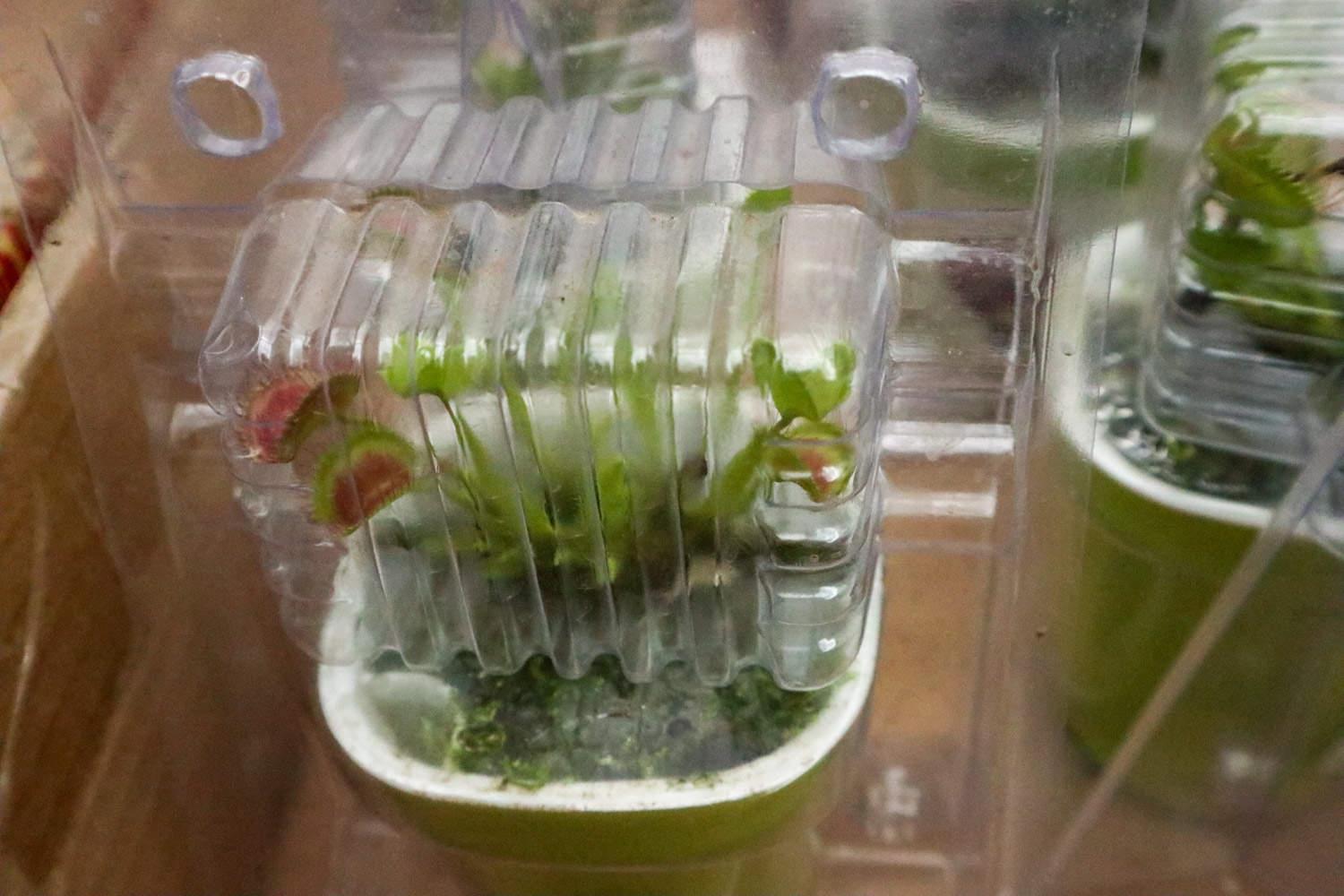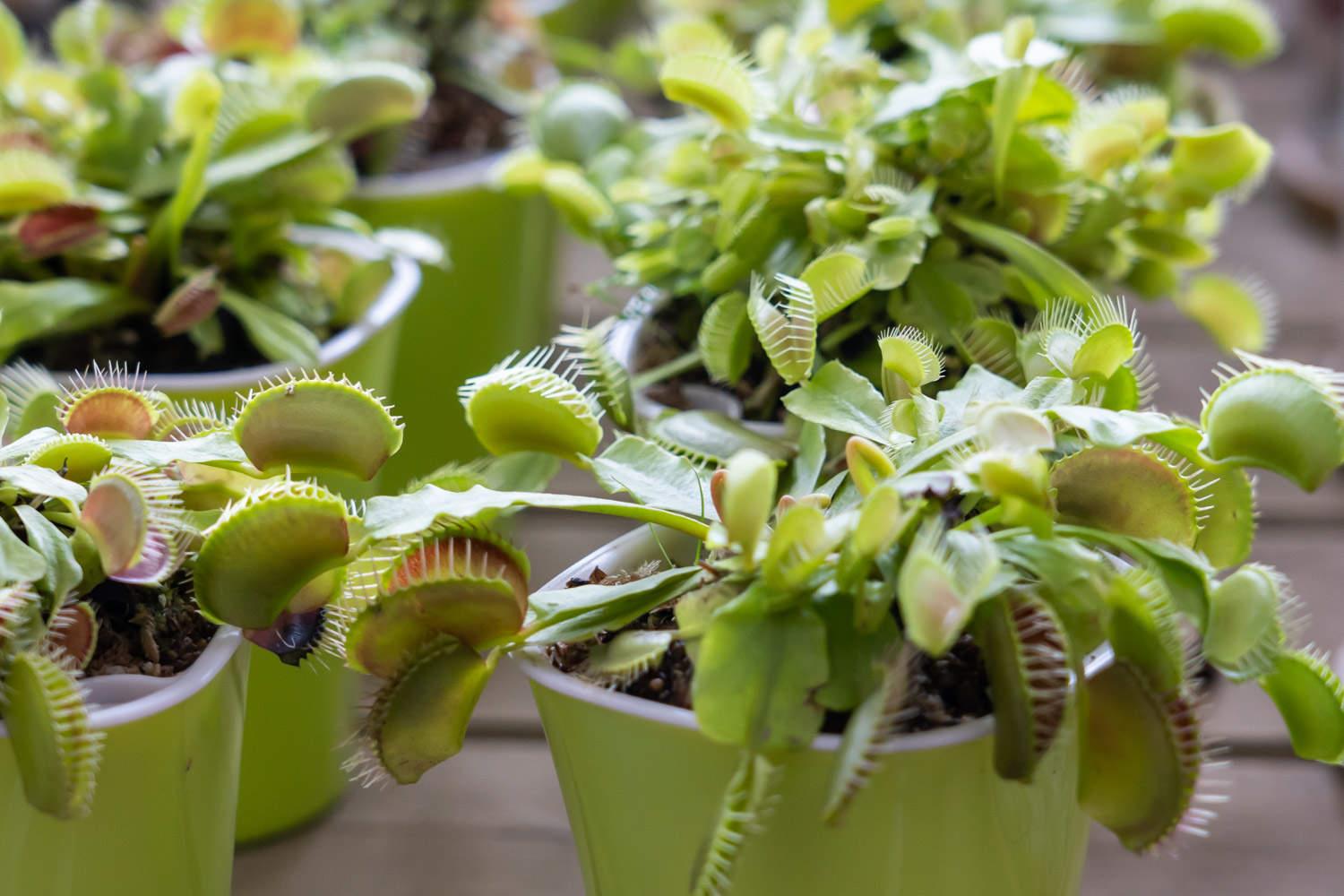Introduction to famous mutant varieties of Venus flytrap
Last Update :2024.11.09
Article Catalog
There is only one native species of Venus flytrap and several modified species. The appearance is relatively simple. However, in the process of cultivating Venus flytraps, some of them will mutate, causing their shapes to be different from before the mutation. In this article, the editor will briefly introduce several well-known variations of Venus flytraps.

baron flytrap
Baron flytrap
The Baron flytrap is a species that has been severely mutated, and there are very few species that have so many characteristics that distinguish them from typical flytraps. The petiole of the Baron flytrap is round in cross-section and has irregular bulges. It grows on the ground almost all year round. The fleshy clip is one of the thickest varieties of all flytraps. The parts above the tentacles of the clip are almost completely missing, and the edges are uneven. It is a regular triangle. When the light is sufficient, the defects become more obvious. The clip can hardly be closed and basically loses the ability to catch insects. The inside will turn bright red. Not only is the clip of the Baron flytrap incomplete, but the stigma on the flower is also underdeveloped and cannot be pollinated normally, so it cannot produce seeds and can only be reproduced through asexual reproduction methods such as leaf cuttings. Growth is relatively slow, and the maximum size a clip can grow to is generally only about two centimeters.

Dentate Flytrap
The plant of the toothed flytrap is more robust. The biggest difference is that its teeth are triangular, which is different from the elongated shape of the typical flytrap. It may be the earliest variant of the flytrap, which was discovered in the last century. Collected in the wild in the 1970s, it is also the only variant that occurs naturally. The other is the Dutch flytrap. The plants of the Dutch flytrap can show bright red. In 1970, a Dutch horticulturist collected 1,000 wild-caught plants. Selected from the Venus flytrap, both species were subsequently multiplied and cultivated extensively.

B52 Flytrap
The B52 Venus flytrap is not much different from the typical Venus flytrap in appearance, but its growth rate is obviously more vigorous than other Venus flytraps, and its leaves are also very thick. The insect trap can grow up to 5.7 cm. The largest species and one of the most well-known species of Venus flytrap. "B52" refers to a large military bomber in the United States.

Flower Market Flytrap
The flower market flytrap is a very typical Venus flytrap species. It is also the most common and low-priced flytrap species in my country. It is the species that has been artificially cultivated for the longest time in my country. Perhaps it is due to continuous artificial asexual reproduction. Its growth is not as vigorous as other varieties of flytraps, the number of leaves is relatively small, and the largest clip is generally only about 2.5 cm. Its lineage cannot be verified. It is not the wild original species of flytrap, but its low cost and Price plays a huge role in the promotion of carnivorous plants in our country.
So far, there are hundreds of horticultural varieties of Venus flytraps. Some are mutant varieties propagated through tissue culture, and there are many hybrid varieties. At the same time, plants germinated from seeds also have mutations. possible.
toothed flytrap
B52 Flytrap
flower market flytrap
- END -
Drosera cultivation methods and precautions

When growing sundew, it is recommended to use soil made of a mixture of peat soil,...
The mint scented wood she bought... is actually fake, hurry up and tell the difference to avoid bein

Many flower friends came to complain that they were always cheated when buying flo...